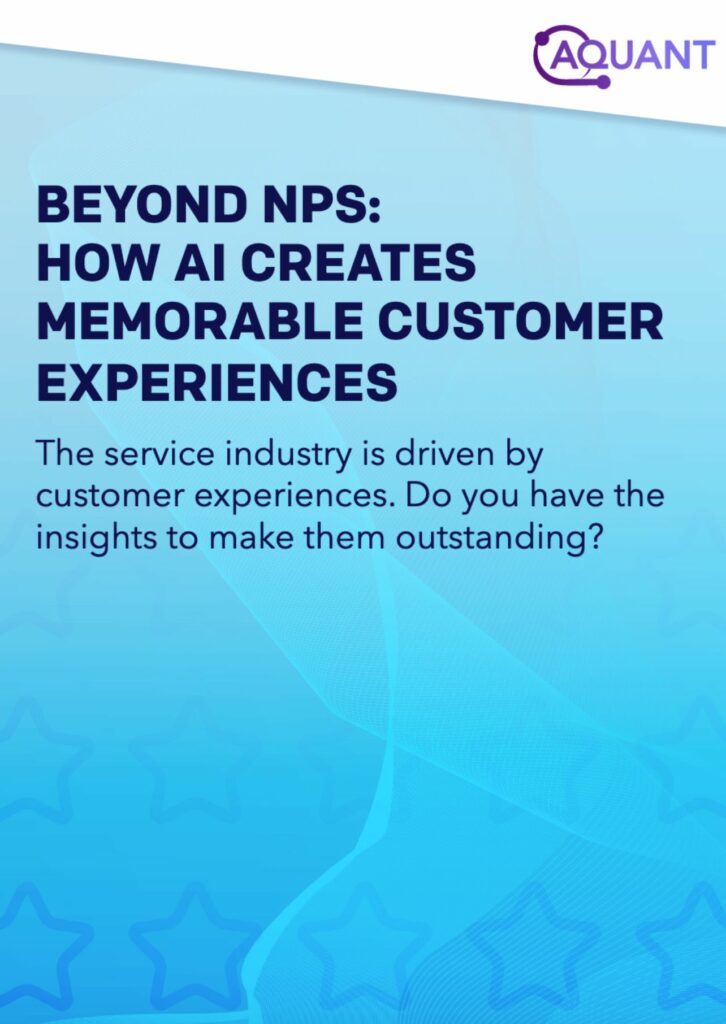Standard BI Tools Aren’t Foolproof
In this second excerpt from a recent white paper published by Aquant, we discuss which methods are best for creating customer risk scorecards and managing workforce performance issues.
A host of analytical and business intelligence (BI) resources exist solely for keeping tabs on metrics.
But standard BI tools still have limitations.
For one, they don’t usually understand a large chunk of your free text service data, including details sourced directly from customer comments, call center agent notes, field technician debriefs, and machine log files. Standard BI tools make it challenging to access, analyze, or interpret unstructured data without a team of data scientists on standby.
Classic BI dashboards only display what’s currently happening within an organization based on past data, which is usually incomplete. The big picture remains obscured once again, making it difficult to use those insights to reach company goals and spot patterns that reveal likely future events. This can lead to the prioritization of unnecessary KPIs, or even worse, analysis paralysis.
Business leaders need total transparency and understanding of their current service landscape to succeed. And these can only be accomplished using tools that give you quick access to easy-to-read analyses that go beyond past trends, offering an idea of what is likely to happen in the future and providing prescriptive recommendations.
Leaders should be leveraging data-centric insights to create the most desired outcomes for their customers — ones that support growth and provide teams with the visibility and know-how to resolve any issues that arise.
Evaluating Performance With Standard KPIs Alone Creates Blind Spots
Most service organizations track KPIs, but too many narrowly focus on single measurements such as first time fix. Knowing the FTF rate is an important performance indicator, but when measured in a vacuum, it offers an incomplete or inaccurate snapshot of the health of your service organization.
Without zooming out for a 360-degree view, decisions that boost one KPI might lead to systemic and costly service issues. For example, how is team performance impacting customer satisfaction, or how are high first-time fix rates driving up service costs?
It is beneficial to have a comprehensive understanding of service KPIs, including:
First-time fix (FTF)
Mean time to resolution (MTTR)
Mean time between failure (MTBF)
By looking at these metrics in depth, you’ll gain deeper insight into every aspect of the service lifecycle, and see clear connections between performance and service outcomes.
Read more by downloading the full white paper, currently available exclusively to all FSN PRO members. Subscribe today to have instant access our industry-leading library with over 130 resources, 70+ hours of in-depth conversation and our FSN Education Masterclass courses.

![]() Data usage note: By accessing this content you consent to the contact details submitted when you registered as a subscriber to fieldservicenews.com to be shared with the listed sponsor of this premium content Aquant who may contact you for legitimate business reasons to discuss the content of this white paper.
Data usage note: By accessing this content you consent to the contact details submitted when you registered as a subscriber to fieldservicenews.com to be shared with the listed sponsor of this premium content Aquant who may contact you for legitimate business reasons to discuss the content of this white paper.


